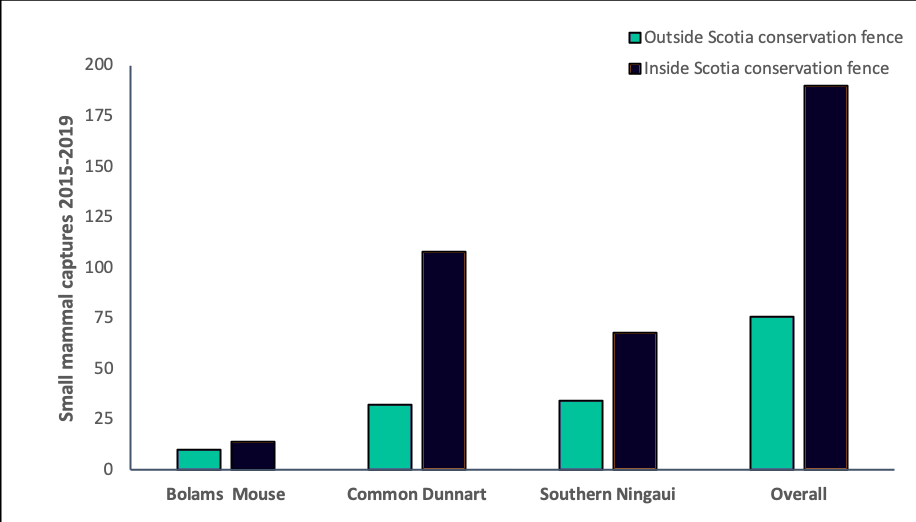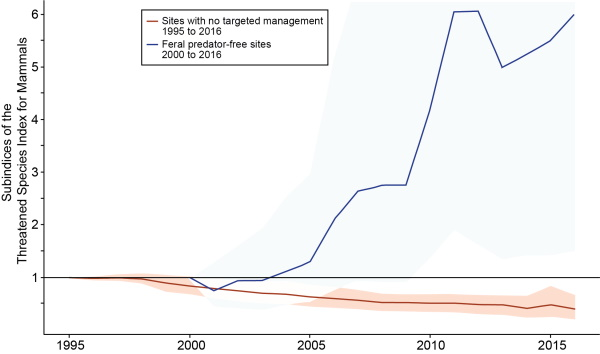An interesting short read on how to eradicate feral animals in feral free fenced areas.
>>In 2016, Australian Wildlife Conservancy, in partnership with the NSW National Parks and Wildlife Service (NPWS) as part of its Saving our Species program, embarked on a historic project. AWC delivers ecological and land management services for two areas of the public estate: Mallee Cliffs National Park and the Pilliga State Conservation Area. Under this historic partnership, AWC is establishing large-scale, feral predator-free fenced areas and restoring regionally-extinct mammals at each park.
Following fence construction, an immense, sustained eradication program continues to be implemented at both Mallee Cliffs and Pilliga to remove feral animals within the fenced areas. These two areas form the largest fenced, feral predator-free refuges in national parks on mainland Australia. When completing projects on this scale, adaptability and perseverance are critical, with AWC employing a variety of techniques to achieve success.
https://www.australianwildlife.org/benchmarking-awcs-progress-at-two-nsw-national-parks/


